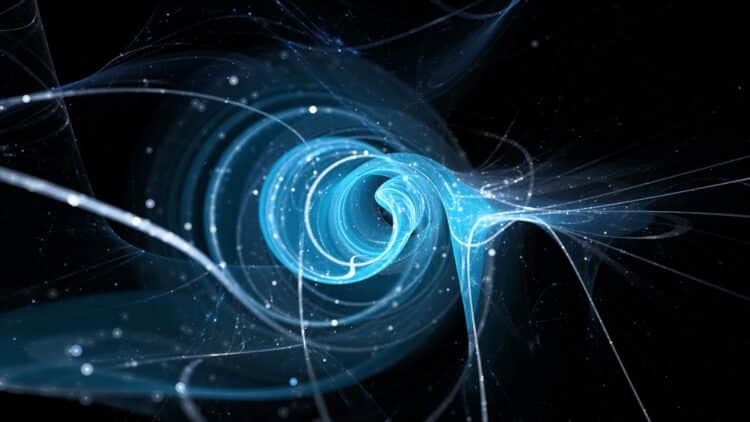Who hasn’t wondered what it would be like to disappear from one place and appear in another, like in movies or cartoons? So much so that, for a long time, this idea was confined to science fiction, along with faster-than-light ships and sentient robots. However, science has a curious way of turning the impossible into the possible… And this time, the frontier that’s been pushed forward is that of teleportation. But let’s take it easy. No one is sending people from London to New York in seconds (yet).
Quantum teleportation just went from theory to working reality
This new development is a step that connects theoretical concepts discussed decades ago with a real, functional experiment conducted using today’s available technology. In other words, for the first time, scientists have successfully demonstrated a type of teleportation that paves the way for networks of interconnected quantum computers.
This milestone was achieved when researchers used light particles, known as photons, to teleport the quantum state between two separate quantum processors. All of this was accomplished through a photonic network interface, which connected two trapped-ion modules and allowed them to operate as if they were a single computer.
As the University of Oxford itself described it, it was “the first instance of distributed quantum computing,” creating a tangible bridge to practical large-scale computing. This demonstrates that the experiment not only demonstrated that quantum teleportation is possible with current technology, but also validated the idea that smaller processors can be interconnected to form a more powerful system.
Entanglement turns distant quantum chips into a single computer
Although it sounds like magic, what’s behind it all is quantum entanglement. This is nothing more than the fact that, when two particles are entangled, changing the state of one instantly alters the other, even if they’re separated by meters or kilometers. In the experiment, this was exploited to create interactions between distant systems. More on the technical details of the experiment:
- Two ion modules are trapped, separated by about two meters.
- Each module contained network qubits (responsible for connection) and circuit qubits (responsible for operations).
- Teleportation was used to apply a CZ logic gate between qubits from different modules, with 86% fidelity.
- This quality was sufficient to execute a Grover algorithm between the two processors, with 71% efficiency.
The crucial point here is that this approach avoids physically moving qubits or sending their information directly as light waves, something that could destroy their fragile state. Instead, classical measurements are sent securely, and the quantum state is reconstructed at the destination (which is why we can now send information to the distant universe).
Linking small quantum processors could be the shortcut to a supercomputer future
This milestone is so important because scaling quantum computers is a huge challenge. Today, keeping hundreds or thousands of qubits stable and synchronized requires extreme engineering and constant error correction. The solution demonstrated in Oxford proposes another approach: connecting multiple smaller processors, forming a network that functions as a single supercomputer. This all entails:
- Architectural flexibility: modules can be upgraded or replaced without compromising the entire system.
- Natural scalability: networks can be created with dozens of modules operating together.
- New applications: from advanced chemical simulations to quantum cryptography and fundamental physics experiments.
Not stopping there, as the Oxford team highlighted, “the DQC architecture demonstrated here provides a viable path to large-scale quantum computing,” since photons can be integrated into different physical platforms. And all this opens the possibility of building networks of distributed quantum supercomputers, capable of solving problems that challenge even today’s most advanced systems. And thus, the line between fiction and reality has become a little more blurred. Remember that teleportation was predicted by Hawking long ago…


